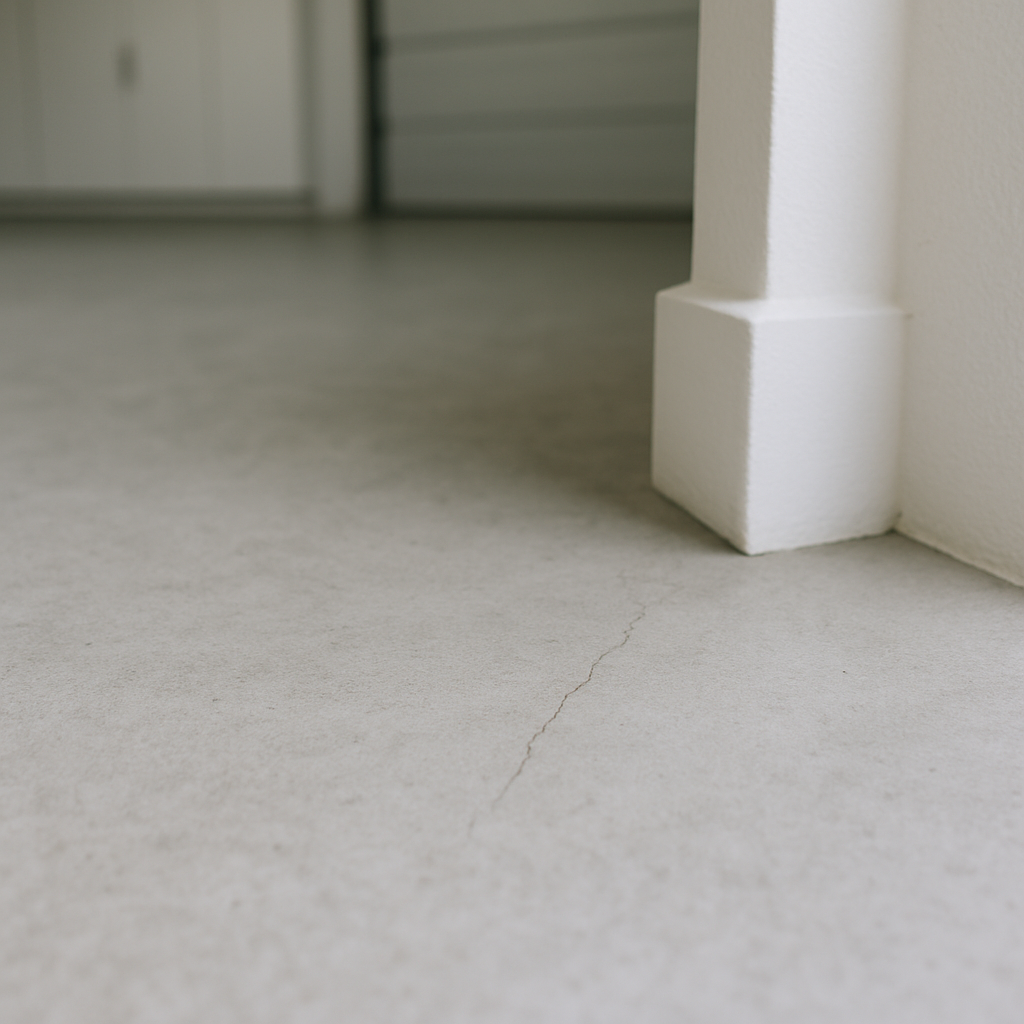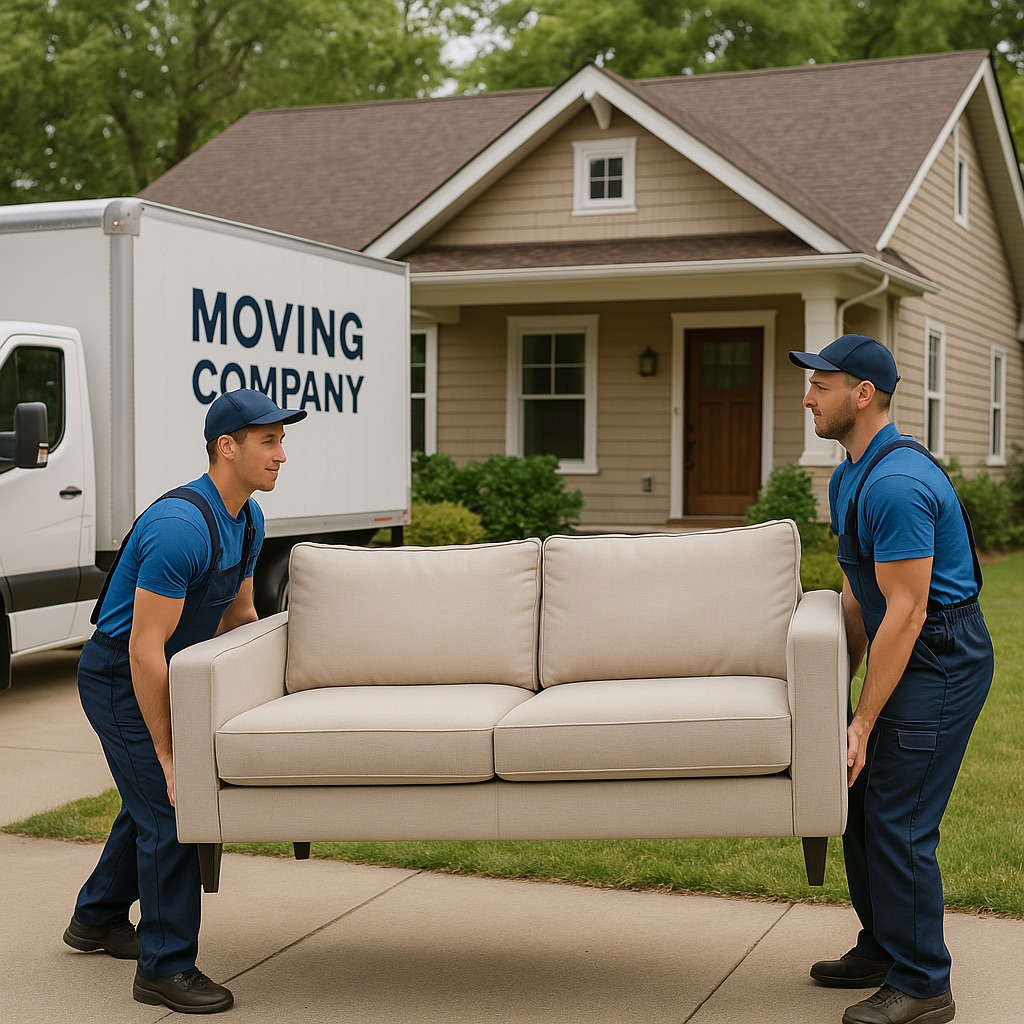Last updated on
Want to build a parking spot in your front yard? It’s not a common choice (we leave our cars in the driveway), but a promising one. Here’s what you need to consider.
Creating a parking area for your home is not too dissimilar to a parking lot for a commercial building. The basic building materials are largely the same. The surrounding area is going to be different, but again, not entirely. There are still likely to be some walls, plants, or lawns outside of the driveway space too. Designing a parking area isn’t just about the driveway alone. It’s also useful to imagine beyond that.
What's Inside
Start by Thinking About the Use Case for the Parking Area
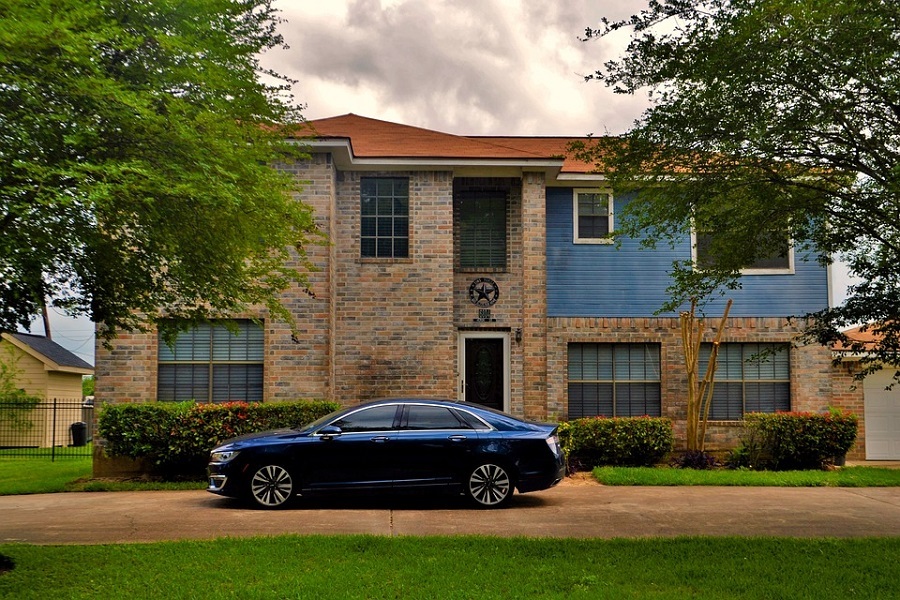
Accounting for the use of the garage or garages to keep vehicles protected away from bad weather, decide how many car spaces will be required out front. Do you have many guests that frequently visit on the weekends or do you entertain business guests during weekday evenings? This may change how large of a driveway is preferred to accommodate regular visitors. Also, with parking area planning, knowing what to expect is useful. Taking a few cues from business parking planning isn’t a bad idea as there’s a surprising amount of overlap.
What’s the Ratio of Parking Area vs. Decorative or Landscaped Areas?
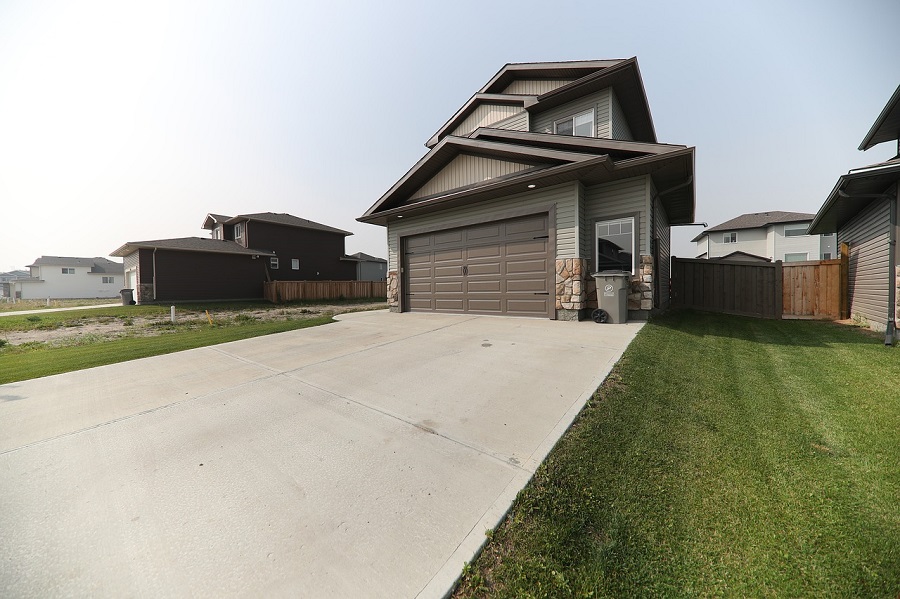
While taking over the front exterior of the house to create an expansive driveway is certainly one way to go, it does preclude all other possibilities. For instance, including some shrubs, plants, preexisting hedges lining the property, and a lawn may be preferred. Keeping a natural, green feeling to the front with a discrete parking area blended in is another way to go. It may also match the backyard where it’s not all expansive patio with minimal space left for the lawn or any plants. Finding the right balance of function vs. attractive features is key to being happy with the outcome.
Are Complementary Repairs or Replacements Needed?
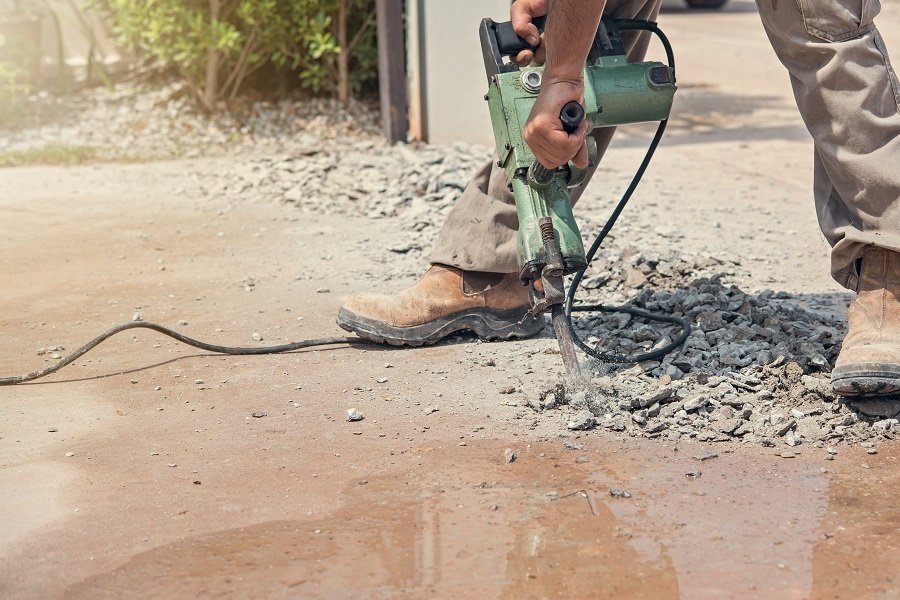
Don’t just think about the driveway. Instead, consider the curb appeal and take a holistic view of the property from the front. If it helps, actually walk to the road, turn around, and take in the view like someone walking past or driving up.
What do you see?
Are some walls in disrepair and need repairing? Or should the surrounding walls be replaced because they’re currently shabby and will look out of place with the new driveway? It’s best to be unsparingly honest about this.
If there’s a small front lawn, is it crying out for some TLC? Does it need to be mowed, or does it need some fertilizer to be added to encourage more growth?
Also, if there’s plant life, are they healthy or do they need work to help them flourish? If you don’t feel like you have the time, hire a gardener to assist you.
When preparing to get a new driveway, make sure to take a big picture view. While resolving potholes and other surface issues of an old driveway by replacing it is beneficial, visitors see everything when they arrive. So, why not recreate the front of the house to deliver the impression you’re after?

